
Hyundai Santa Fe SUV (2018-2024) running costs and reliability
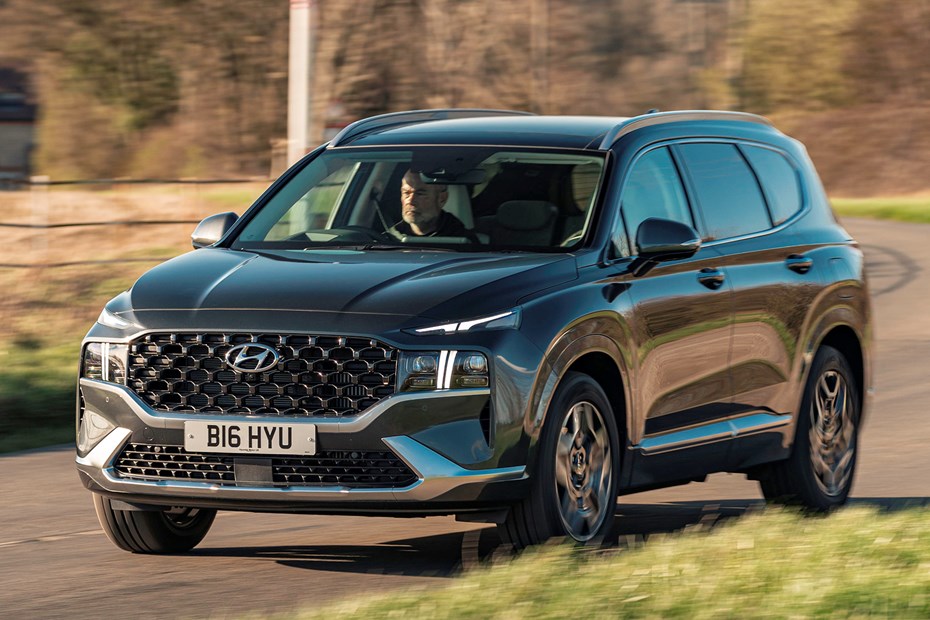
Miles per pound (mpp) ⓘ
| Diesel engines | 4.9 - 5.6 mpp |
|---|---|
| Hybrid petrol engines | 5.6 - 6.5 mpp |
Fuel economy ⓘ
| Diesel engines | 38.7 - 44.1 mpg |
|---|---|
| Hybrid petrol engines | 38.2 - 44.1 mpg |
Running costs
Rating 4.3 out of 5
Your biggest expense with the Santa Fe will be the purchase price, which starts with a four even on entry level front-wheel drive models. Hyundai aren’t known for their attractive PCP deals, either. At least relatively low CO2 emissions keep all Premium versions out of the top BIK tax band and closer to far smaller SUVs. Avoid Ultimate trim and four-wheel drive if you’re looking to save money on company car tax.
Officially the front-wheel drive Santa Fe manages mid-40s economy with the four-wheel drive low 40s. In our experience of the latter that figure is achievable if you’re driving gently, not something that you can often say about a car these days.
Green credentials
Rating 4.2 out of 5
Okay, so the CO2 emissions are nowhere near as good as the Santa Fe Plug-in, but compared to other rivals that don’t need charging from the mains, the regular Santa Fe Hybrid is very good. Indeed, its CO2 emissions are better than many smaller cars and SUVs, while the hybrid system is at its most effective in town and in stop start traffic. These are places a traditional diesel SUV would be at its least efficient.
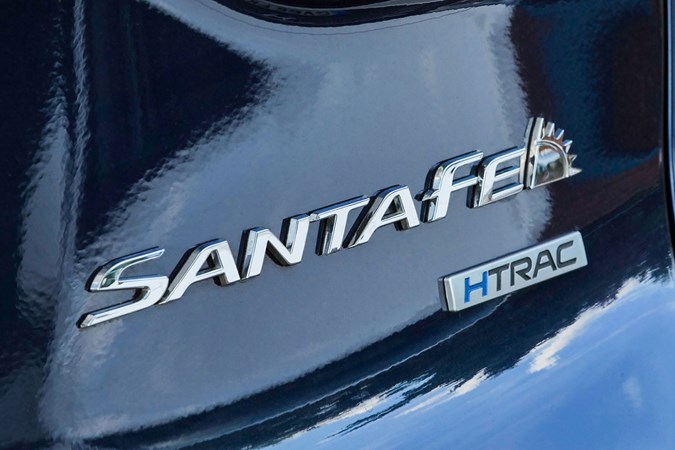
Reliability
Rating 4.0 out of 5
The Hyundai Santa Fe’s reliability has traditionally been very good, and we’ve experienced nothing to indicate any different in the new car. There is a lot more kit to go wrong, but in the main the parts have been tried and tested on other Hyundais and haven’t proven problematic.
In fact, this is a company with an excellent record for building robust cars, and that’s backed up by its five-year, unlimited-mileage warranty.
Ongoing running costs
| Road tax | £195 - £620 |
|---|---|
| Insurance group | 22 - 40 |
Get an insurance quote with

|
|



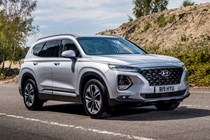
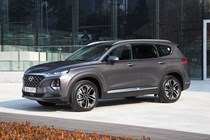
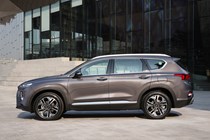

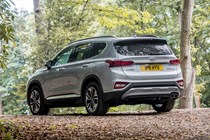
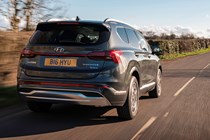


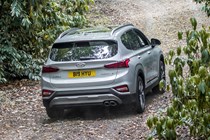
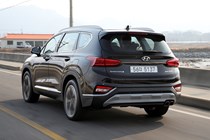

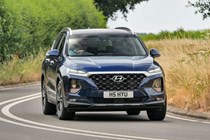
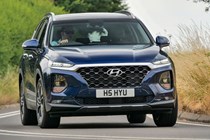

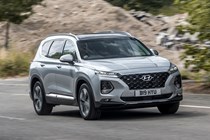
.jpg)


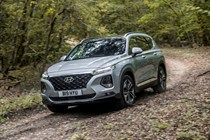
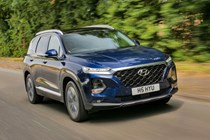
.jpg)
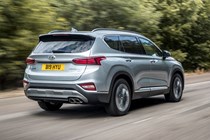
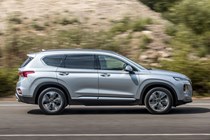

.jpg)
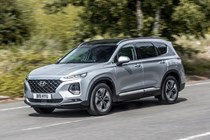
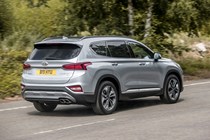

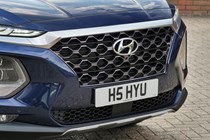



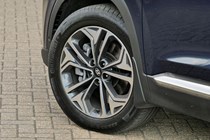

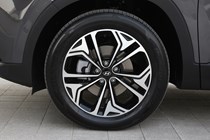


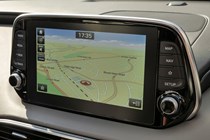


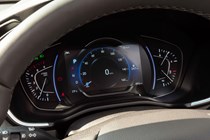




.jpg)


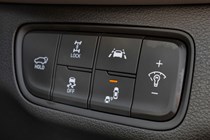


.jpg)
.jpg)
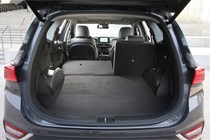

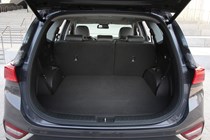

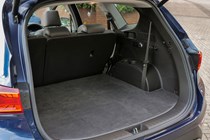

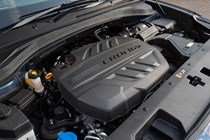
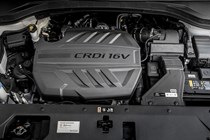
















.jpg?quality=50)




.jpg?quality=50)



.jpg?quality=50)




















.jpg?quality=50)





.jpg?quality=50)
.jpg?quality=50)







